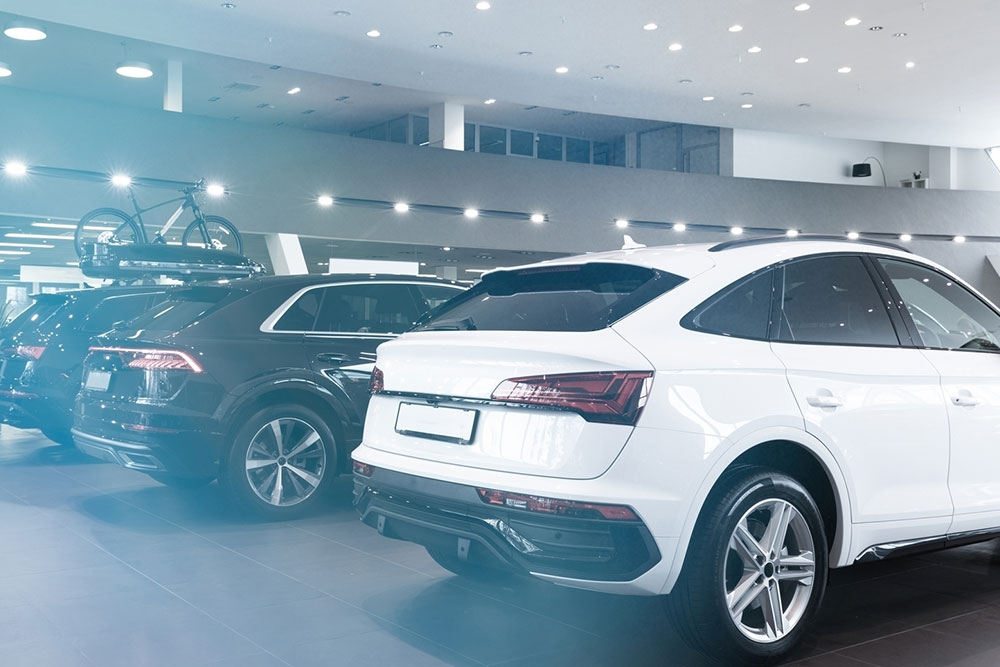5 common mistakes to avoid when buying an SUV

The Sport Utility Vehicle (SUV) market has witnessed a surge in popularity in recent years, with consumers drawn to the versatility, spacious interiors, and rugged appeal of SUVs. But amidst the excitement of purchasing a new SUV, many buyers tend to overlook certain crucial factors, leading to common mistakes that can impact their overall car-buying experience. To make a well-informed decision, one should avoid these mistakes when buying an SUV.
Not researching
Before visiting a dealership, it’s crucial to narrow down preferred SUVs, research essential features that one needs, and obtain basic quotes online. Going into the showroom unprepared may expose one to sales pressure and the risk of paying a higher price.
Overlooking size
The SUV market offers a variety of options, including compact crossovers, mid-size, full-size, and electric or hybrid models, each with its advantages and disadvantages. For example, crossovers are suitable for urban commuting, full-sized SUVs for adventures and towing, subcompact SUVs combine agility and versatility, while hybrid SUVs enhance fuel efficiency and reduce emissions. So, one should carefully consider one’s routine and requirements to get the SUV that best suits their lifestyle.
Choosing the closest dealership
Car prices vary depending on the dealership’s location and local demand. Choosing a dealership solely for convenience is a common mistake to avoid when buying an SUV. One should seek recommendations from their social circles and research the dealer’s Customer Satisfaction Index (CSI) score. This score reflects customer satisfaction and affects the inventory they receive. Alternatively, browsing review sites like the Better Business Bureau (BBB) can also reveal any buyer complaints or concerns.
Underestimating maintenance costs
SUVs, especially those equipped with advanced technology and features, may have higher maintenance costs than smaller vehicles. Ignoring these potential expenses can lead to financial strain later. One should thoroughly research the maintenance requirements and costs associated with one’s preferred SUV model and factor them into the overall budget.
Not negotiating
The showroom floor price is only the initial price and is often negotiable. One should compare this price with the MSRP and other online prices, factor in the costs of add-on features, and try to negotiate a better deal. Some dealers may be unwilling to budge if the SUV is newly introduced in the market, but that shouldn’t discourage one from bargaining the best possible price.



